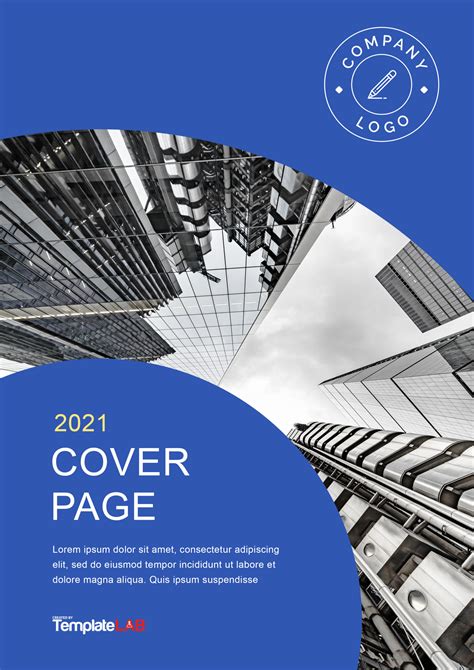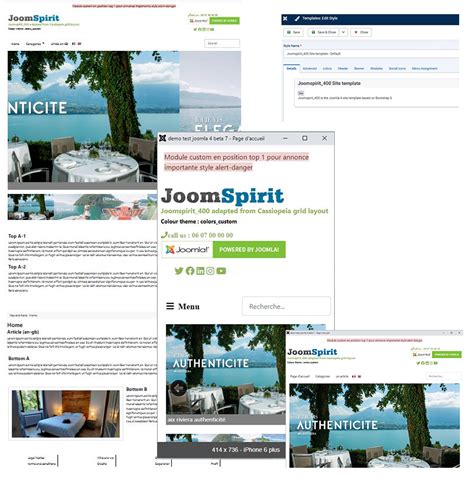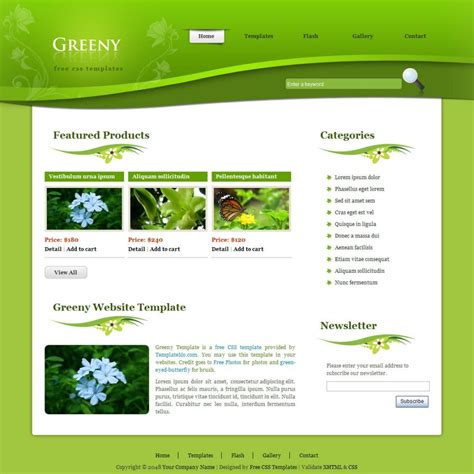What are Design Templates?
Design templates are pre-made, customizable files and documents that provide a starting point and structure for common design projects and deliverables. They allow you to skip the repetitive setup and layout work and jump right into the creative part of the design process.
Design templates can include:
- Graphic design templates (e.g. social media posts, brochures, presentations)
- UI design templates and UI kits
- Design project documentation templates
- Design brief and creative brief templates
- Mood board and style guide templates
Using templates doesn’t mean your work will look generic or templated. The key is to use templates as a starting point to boost your efficiency, then customize them for each unique project and client.
Benefits of Using Design Templates
There are many advantages to incorporating templates into your design workflow:
1. Save Time
One of the biggest benefits of using design templates is the time savings. With a template, you don’t have to start from scratch and reinvent the wheel on every project. Common elements like page layouts, styles, components, etc. are already set up for you.
For example, let’s say you regularly design pitch decks for clients. Having a master template with the common slides already laid out (intro, problem, solution, timeline, pricing, etc.) allows you to skip the repetitive work and focus on tailoring the content and design for that specific client.
2. Maintain Consistency
Using templates helps maintain consistency across similar types of deliverables, both within a single project and across multiple projects. With key elements and styles predefined in your template, you can ensure a cohesive look and feel without having to refer back to previous files.
This is especially useful when working on projects with multiple design deliverables, like a branding package that includes logos, business cards, letterhead, social media graphics, etc. Using a template ensures all the pieces will be visually coordinated.
3. Simplify Client Handoff
When it’s time to deliver design files to your client or hand off a project to another designer, having used a template makes that process much smoother. The file is already organized and includes necessary pages, assets, styles, etc.
The client or other designer can see how the file is structured and where to locate things. They’ll be able to jump right in and make any needed edits, rather than having to figure out your file setup each time.
4. Streamline Team Collaboration
If you work with a team of designers, using templates helps streamline your collaborative workflow. By providing a standard starting point, templates get everyone on the same page and ensure you’re all working in a similar way.
For example, if your agency has a standard proposal template, any designer can easily put together a proposal without having to ask around or reinvent the structure each time. You know the key information is there and the proposals will have a consistent look, even if different designers work on them.
5. Improve Design Quality
Templates can also help improve the quality and professionalism of your designs, especially if you’re a newer designer. Well-designed templates created by experienced designers incorporate design best practices and trends that you can then learn from and apply to your own work.
Using a template gives you a solid foundation to build upon and ensures your end deliverable looks polished and professional. You can still customize and tweak the template to fit your needs, but the core design elements will guide you.

How to Effectively Use Design Templates
Now that we’ve covered some key benefits, let’s look at some tips and best practices for effectively using design templates in your workflow:
1. Choose Quality Templates
Not all design templates are created equal. When selecting templates to use, choose ones from reputable sources and designers. Look for templates that are well-designed, organized, and regularly updated.
Some great sources for design templates include:
- Creative Market
- Envato Elements
- Canva
- Adobe Stock
- Figma Community
- Sketch App Sources
Don’t just go for the cheapest or free option. Remember, templates are meant to enhance your work, so starting with a low-quality one will only hinder you. It’s worth investing in high-quality, flexible templates you can use again and again.
2. Customize for Each Project
Templates are a starting point, not a one-size-fits-all solution. Avoid the temptation to just use a template as-is without tailoring it for each specific project and client.
Take the time to customize the template with your client’s branding, content, images, and any unique needs for that project. Adapt the layout and styles as needed to fit the purpose and content.
Remember, your ultimate goal is to create unique, effective designs that meet your client’s goals, not just to churn out templated designs as quickly as possible. Use templates to streamline your process, then customize to make the design distinct.
3. Create Your Own Templates
In addition to using pre-made templates, consider creating your own custom templates for parts of your workflow. Look for common project types, deliverables, and elements that you could templatize to save time.
For example, you might create a master template for your design proposals that includes pages for:
| Section | Description |
|---|---|
| Overview | Project summary and goals |
| Scope of Work | Detailed list of deliverables and services |
| Timeline | Project schedule with milestones and deadlines |
| Pricing | Itemized pricing table |
| Terms | Legal terms and conditions |
| Signature | Signature area to secure approval |
Having all these sections predefined with placeholder text will make it quick and easy to generate proposals customized for each prospect, rather than starting from a blank document each time.
You can also create your own design templates for common deliverables like social media graphics, slide decks, case studies, etc. By developing a master template for each, you’ll have a repository of easy starting points ready to go when needed.
4. Organize and Maintain Templates
As you acquire and create more templates, it’s important to keep them organized and up-to-date. Develop a system for categorizing and naming your template files so you can easily find and access the one you need.
For example, you might organize templates into folders by:
- Project type (web design, branding, print)
- Deliverable type (social media, presentation, report)
- Client industry (tech, healthcare, nonprofit)
Regularly review and update your templates to keep them current with design trends, software updates, and your own evolving style and needs. Archive or delete outdated templates to keep your collection streamlined.
5. Use Version Control
When using templates, particularly in a team setting, it’s crucial to use some form of version control to track changes and avoid accidental overwriting.
One option is to use cloud storage services like Google Drive or Dropbox that include built-in version history and the ability to revert to previous versions if needed. You can also use design version control tools like Abstract or Folio.
Whatever system you choose, make sure to clearly label files (e.g. ClientName-ProjectType-VersionNumber.psd) and communicate any changes to team members to keep everyone in sync.
By following these best practices, you can maximize the efficiency and quality benefits of using design templates while still creating unique, tailored designs for your clients.

Design Template FAQ
1. Are design templates cheating?
No, using design templates is not cheating. Templates are simply a tool to streamline your workflow and provide a starting point for your designs. You’re still responsible for customizing the template and creating a unique end product tailored to your client’s needs.
Many professional designers and agencies use templates regularly. The key is to use them strategically to enhance your own design skills and efficiency, not to rely on them entirely.
2. How much should I customize a template?
The amount of customization needed will vary depending on the project and client. At minimum, you’ll want to add your client’s branding (colors, fonts, logos), content, and images to the template.
You may also need to adjust layouts, styles, and elements to fit the specific purpose and content of the deliverable. The goal is to make the final design feel unique and tailored to that client, not like a generic template.
3. Can I use templates for client projects?
Yes, you can absolutely use templates for client projects. Many designers use templates to streamline their client work and provide a consistent starting point.
However, it’s important to choose high-quality, flexible templates that you can easily customize for each client. Avoid using the same exact template for multiple clients without customization, as this can make your work feel generic and unprofessional.
4. Do I need to tell my clients I used a template?
You’re not required to disclose to clients that you used a template, as the end deliverable is still your own custom design work. The template is simply a tool in your design process, just like your software or stock images.
However, if a client asks about your process or expresses concern about receiving unique designs, you can certainly explain how you use templates strategically as starting points to enhance your efficiency and maintain consistency, but always customize them to create distinct designs for each client.
5. How can I find good design templates?
There are many online marketplaces and resources for finding high-quality design templates, such as:
- Creative Market
- Envato Elements
- Canva
- Adobe Stock
- Figma Community
- Sketch App Sources
When selecting templates, look for ones from reputable designers and sources with good reviews. Choose templates that are well-designed, organized, and regularly updated to keep current with design trends and software. It’s also a good idea to browse multiple options to find templates that align with your personal design style and needs.
Investing in a few high-quality, versatile templates that you can use repeatedly is better than downloading a bunch of mediocre free ones. Look for customizable templates with detailed instructions or documentation to make them easier to adapt for your purposes.
In addition to pre-made templates, consider creating your own master templates for common project types and deliverables. This allows you to standardize elements of your workflow while tailoring them to your exact needs and style.

Conclusion
Design templates are a valuable tool for streamlining your workflow, maintaining consistency, and producing high-quality, professional designs. By starting with a well-structured template and customizing it for each project, you can save significant time and effort while still delivering unique results to your clients.
To make the most of design templates:
- Choose quality templates from reputable sources
- Customize templates for each specific project and client
- Create your own master templates for common deliverables
- Keep your templates organized and up-to-date
- Use version control to track changes and collaborate smoothly
By incorporating templates strategically into your design process, you’ll be able to work more efficiently, consistently, and effectively to create designs that wow your clients and grow your business.

No responses yet